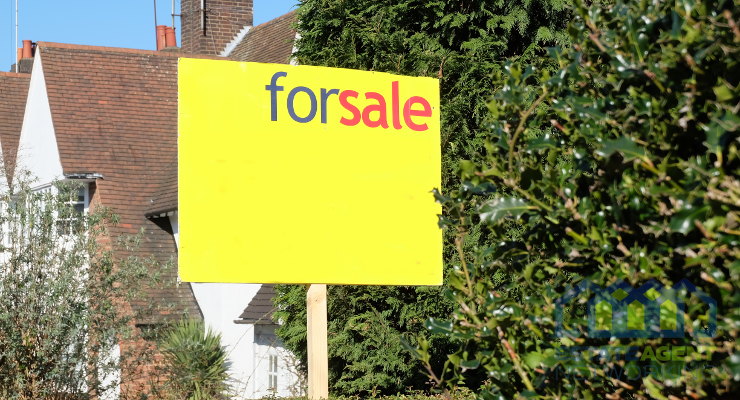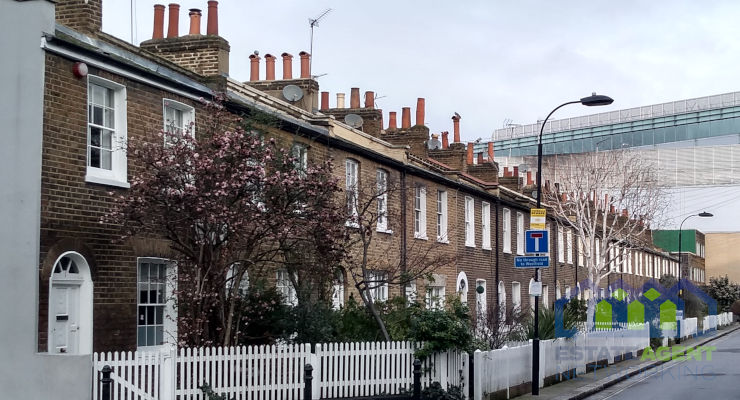Deposit Protection Schemes: How to Correctly Issue Them
A Deposit Protection Scheme is required to be issued by all landlords and letting agents, for all shorthold tenancies, in England and Wales. When a deposit is taken, it must be protected within a 30 day calendar of receipt by the landlord. This aims to ensure tenants who have a paid a deposit, are entitled to receive it back, at the end of the tenancy.
However, the deposit protection scheme does not cover:
* Resident landlords (those living in the property)
* Landlords of tenancies with rent over £100,000
* Company lets
* Student accommodation let directly by universities or colleges
The deposit protection scheme also means the tenant is guaranteed to get their deposit back if they;
* Meet the terms of the tenancy agreement
* Don’t damage the property
* Pay their rent and bills
At the end of the tenancy, the landlord must return the deposit within 10 days of the tenant agreeing the deposit.
The scheme does not protect holding deposits (money you pay to hold a property before the agreement is signed). Once the tenancy begins, the holding deposit becomes a deposit which you must protect.
If the deposit is paid by someone else, the Deposit Protection Scheme must also be applied.
To register with the Deposit Protection Scheme, please follow the information available on: https://www.tds.gb.com/landlords-overview.html
A simple guide of the Deposit Protection Scheme can be seen below:
You receive the deposit from the tenant
Within 30 days, protect the deposit on the TDS website and give the tenant ‘prescribed information’ – documents showing how the deposit is protected and a leaflet about TDS.
You hold the deposit during the tenancy.
At the end of the tenancy return the agreed amount direct to the tenant and update the TDS database.
If you and the tenant can’t agree on deductions, you can raise a tenancy deposit dispute with the Tenancy Deposit Scheme. We provide free and fair adjudication to decide how the deposit is divided.
Settling Disputes
If you are having trouble with your tenant, the deposit protection scheme offers a free dispute resolution service. This requires you and the tenant to agree with each other to settle the dispute about the deposit. This requires the landlord or letting agent to provide evidence of the damage, the decision made about the deposit will be final.
Information that must be given to the Tenant
Once the deposit has been paid, as a landlord by law within 30 days, you are required to notify tenants the information listed below:
* the address of the rented property
* how much deposit you’ve paid
* how the deposit is protected
* the name and contact details of the tenancy deposit protection (TDP) scheme and its dispute resolution service
* their (or the letting agency’s) name and contact details
* the name and contact details of any third party that’s paid the deposit
* why they would keep some or all of the deposit
* how to apply to get the deposit back
* what to do if you can’t get hold of the landlord at the end of the tenancy
* what to do if there’s a dispute over the deposit
To view the official government guide, to the tenancy deposit scheme, please click below: https://www.gov.uk/tenancy-deposit-protection/overview
To view further information on the Deposit Protection Scheme please see: http://www.depositprotection.com/legislation
Interested in our Software or Services? Give us a call FREEPHONE 0800 3280460 to find out how we can assist.








